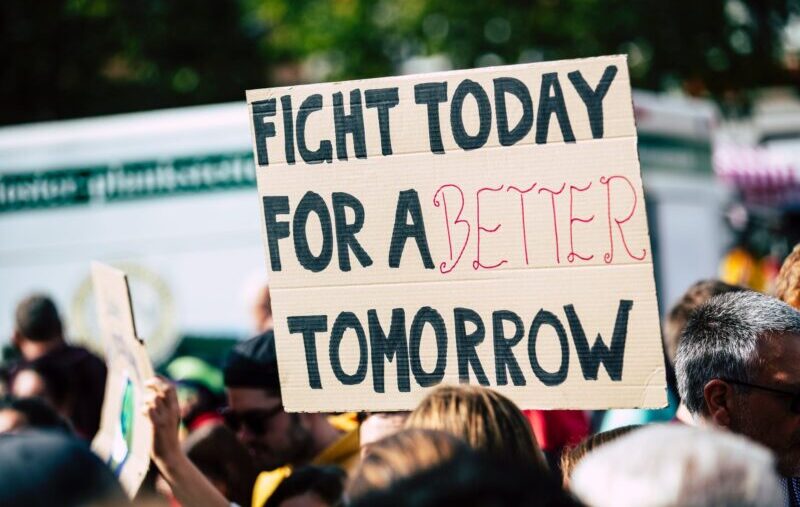You can’t, so stop trying. That’s step number one.
Motivation is an internal dynamic, a choice based on a wide range of individual forces such as personality, values, perception, emotions, attitudes and stress. You can inspire but you can’t motivate. Knowing the difference is crucial to effective leadership.
A leader’s job is to create the conditions in which it is possible for people to motivate themselves. Here are five things you can do to create that kind of environment:
- Define and commit to a compelling purpose and vision for your organization. Help people to understand what they signed up for, where you’re going and what’s in it for them to be a part of it.
- Create obvious and plentiful pathways for your employees to be involved in decision-making,
- Hire terrific and talented people, connect them to the vision, provide them with the necessary context and then get out of their way. Autonomy is a powerful motivator because it is the tangible evidence of trust.
- Live out a value system that makes fairness a driving principle of the organization. For starters, you can pay people based on the quality and impact of their performance rather than on the parameters of a pre-determined scale.
- Make continuous learning a priority for everyone and work hard to develop your team members. Make it obvious to them that you want them to grow and that you are willing to invest time and resources to that end.
“How do I motivate my team?” is the wrong question. The right question is, “How do I create the conditions in which my team members will activate their internal motivation?”
DAVID BERRY is the author of “A More Daring Life: Finding Voice at the Crossroads of Change” and the founder of RULE13 Learning. He speaks and writes about the complexity of leading in a changing world.




